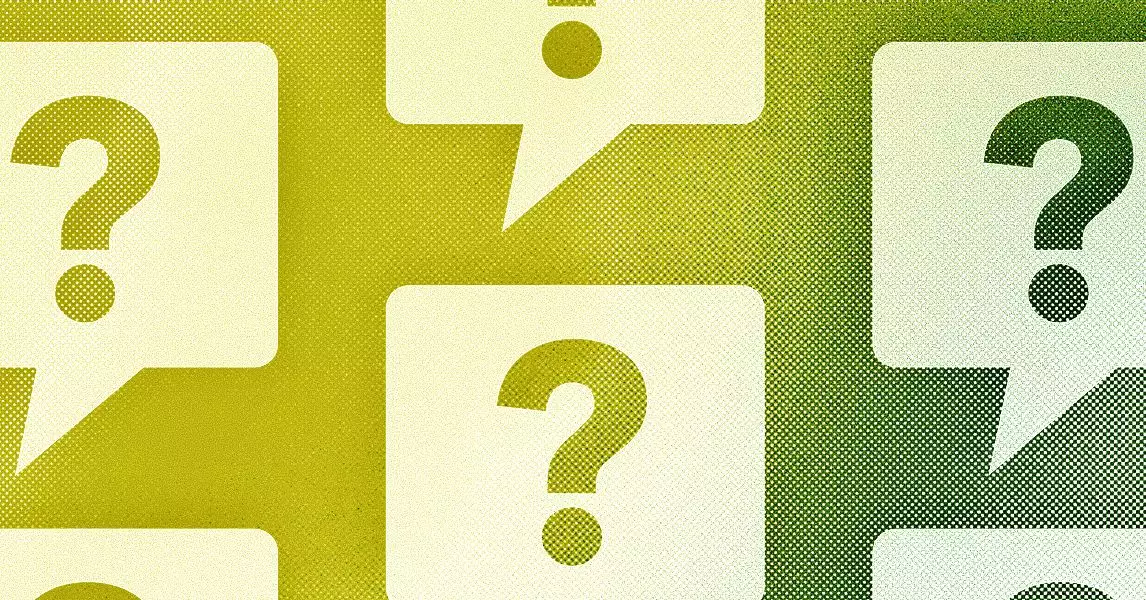Artificial Intelligence has begun to revolutionize the landscape of the entertainment industry, particularly in the realms of story development and visual design. Traditionally, roles like storyboarding required skilled human artists to craft detailed sketches that guide the production of movies and TV shows. However, with the advent of advanced AI image-generation tools, this process is experiencing a seismic shift. Visual artists, once the backbone of pre-production planning, now find their roles increasingly marginalized as automated systems can generate compelling images rapidly and inexpensively. These tools are not merely augmenting human effort but threatening to replace it altogether, raising ethical and economic questions about the future of creative labor.
Major Hollywood productions, especially high-budget action movies and superhero franchises, are leveraging these AI capabilities—sometimes producing storyboards that were once the exclusive domain of experienced artists. The implications are profound: what used to be labor-intensive work, characterized by artistic intuition and craftsmanship, is now reducible to algorithmic prompts and machine learning output. This transition not only accelerates production timelines but also incurs significant cost savings for studios, further incentivizing the adoption of AI, but at what expense to human creativity?
The Economic and Ethical Implications for Hollywood
The ripple effects of AI integration extend far beyond the creative process, infiltrating the very fabric of Hollywood’s labor market. During recent Hollywood strikes, workers’ fears were magnified by the looming presence of AI, which threatened to undermine job security for actors, writers, and crew members. The core concern revolves around whether this technology will merely enhance existing roles or obliterate core functions altogether. Industry insiders acknowledge that AI can handle specific tasks efficiently, but many artists and performers see its encroachment as a direct threat to their livelihoods.
Particularly vulnerable are character actors and supporting staff whose roles are more easily automated. The prospects of AI replacing nuanced human performances or creative contributions evoke a sense of trepidation. Studios, driven by profit motives, appear prepared to prioritize cutting costs by deploying AI solutions rather than investing in human talent. This strategic shift could reshape the industry’s economic landscape, favoring corporate interests over the well-being of creative professionals.
Yet, amidst this upheaval, some industry insiders are exploring AI’s potential as a tool rather than a replacement. Documentarians and independent filmmakers, for instance, have shown genuine enthusiasm for integrating AI into their workflows. These creators envision AI as a means to enhance storytelling, streamline editing, or generate visual concepts, thereby democratizing access to high-quality content creation. Notably, prominent filmmakers like Darren Aronofsky have established AI-driven studios, signaling a nuanced perspective that recognizes AI’s capacity to push the boundaries of artistic expression, even if it raises alarms about broader industry stability.
Challenges and Opportunities: A Complex Future
The integration of AI into Hollywood presents a paradoxical scenario: on one hand, it promises unprecedented efficiencies, creative experimentation, and cost reductions; on the other, it threatens to devalue the human element that has long defined cinematic art. While studios may profit from AI’s capabilities, the very art of storytelling—rooted in emotional nuance, cultural context, and human experience—risks being sidelined in favor of machine-generated content.
This tension embodies a crucial question: can AI genuinely complement human creativity, or is it an existential threat to the soul of cinematic art? It’s undeniable that AI will continue to evolve and find new applications across production, post-production, and distribution. However, the challenge lies in establishing a balanced approach—one that harnesses AI’s strengths without sacrificing the artistry and labor of human creators.
Moreover, ethical considerations demand attention. Who owns the AI-generated content? How are intellectual rights contested when machines mimic human styles? And, perhaps most critically, how do we safeguard employment and fair wages in an industry increasingly driven by automation? These questions do not have straightforward answers, but they underscore the urgent need for thoughtful policy and industry-wide dialogue.
Ultimately, AI’s entrance into Hollywood ignites a debate about the future of creative labor, economic equity, and artistic authenticity. While it offers the allure of innovation and efficiency, it also serves as a stark reminder that technological progress should not come at the expense of the talented individuals who breathe life into stories. The ultimate challenge is to forge a path forward that elevates human ingenuity rather than diminishes it—if we are wise enough to recognize the stakes.

